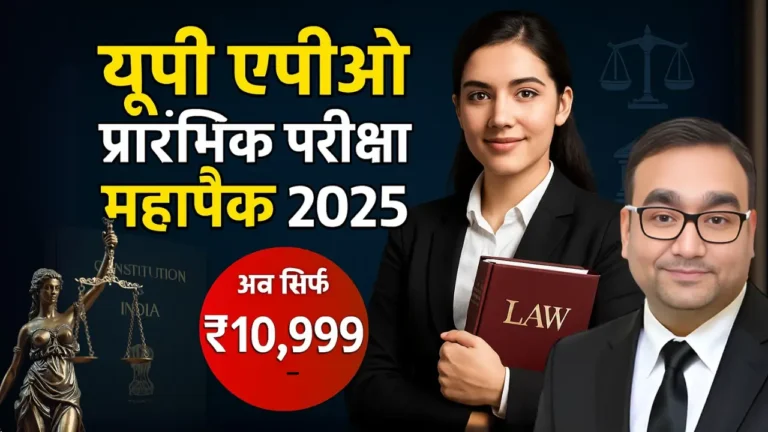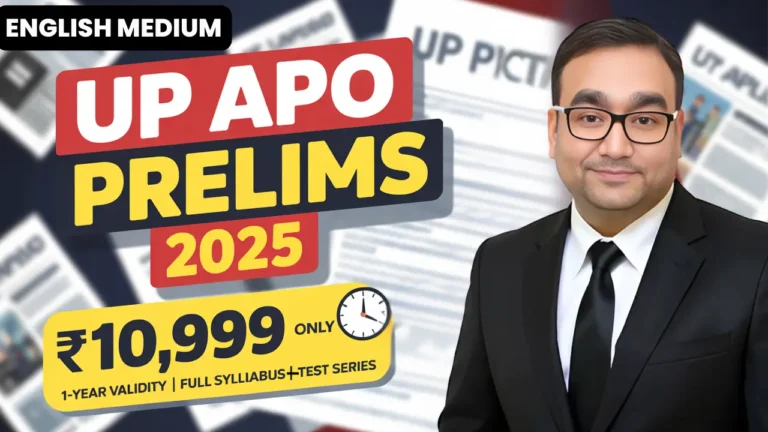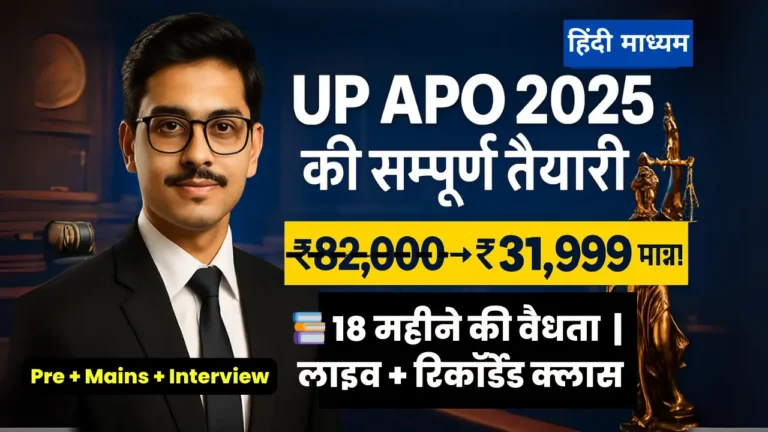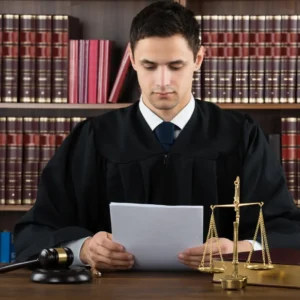What are the legal issues and challenges of social media in India? Doon Law Mentor examines the IT Act, 2000, censorship powers, privacy concerns, and reforms, providing key insights for law students and lawyers on free speech and digital regulation.
Table of Contents
Introduction
Social media has transformed communication in India, connecting over 700 million users, but it also presents complex legal challenges, from misinformation to privacy breaches. The legal issues and challenges of social media in India involve striking a delicate balance between free expression and public order. This educational blog, crafted by Doon Law Mentor, offers a thorough analysis of the legal issues and challenges of social media in India, delving into the regulatory framework, key legislation, judicial perspectives, and emerging concerns. Perfect for law students and lawyers, this examination highlights the tensions in India’s digital landscape, drawing on reliable sources to provide clear, actionable insights into this evolving domain.
Topic: Law on Social Media Ban in India? | Legal Powers Explained
Historical Evolution of Legal Issues and Challenges of Social Media in India
The legal issues and challenges of social media in India have grown alongside the digital boom. The Information Technology Act, 2000, initially addressed cybercrimes like hacking, but as platforms like Facebook and Twitter expanded, concerns shifted to content moderation and disinformation.
- 2000–2010: The IT Act’s Section 69A enabled content blocks for public order, but enforcement was limited to pornography and extremism.
- 2011–2015: The IT (Intermediary Guidelines) Rules, 2011, held platforms accountable for user content, leading to the landmark Shreya Singhal v. Union of India (2015), which struck down Section 66A for vagueness.
- 2016–2020: WhatsApp’s encryption sparked traceability debates, culminating in the 2021 IT Rules requiring 36-hour takedowns.
- 2021–2025: The Digital Personal Data Protection Act, 2023, and expansions in content removal powers have intensified debates on censorship and privacy.
In 2024, the government blocked 5,000+ URLs for hate speech, underscoring the legal issues and challenges of social media in India in combating disinformation while safeguarding expression.
Legal Framework Governing Legal Issues and Challenges of Social Media in India
The legal issues and challenges of social media in India are primarily regulated by the IT Act, 2000, and supporting rules, tempered by constitutional protections:
- Information Technology Act, 2000:
- Section 69A: Authorizes the government to block content threatening sovereignty or public order, with over 5,000 URLs blocked in 2024–25 (MeitY RTI).
- Section 69: Permits interception for security, criticized for privacy intrusions under Puttaswamy v. Union of India (2017).
- Section 79: Offers safe harbor for intermediaries, exempting liability if they comply with takedown orders.
- Information Technology (Intermediary Guidelines and Digital Media Ethics Code) Rules, 2021:
- Require platforms to appoint grievance officers and remove unlawful content within 36 hours, including hate speech and misinformation.
- Mandate traceability for message originators (e.g., WhatsApp), challenged in Internet Freedom Foundation v. Union of India (2023).
- Digital Personal Data Protection Act, 2023:
- Regulates data processing, requiring parental consent for minors under 18, impacting social media targeting.
- Constitutional Provisions:
- Article 19(1)(a): Protects free speech, subject to Article 19(2) restrictions for public order, as in Shreya Singhal v. Union of India (2015).
- Article 21: Safeguards privacy, per Justice K.S. Puttaswamy v. Union of India (2017).
- Article 14: Prohibits arbitrary actions, tested in internet shutdown cases like Anuradha Bhasin v. Union of India (2020).
- Supreme Court Precedents:
- Shreya Singhal v. Union of India (2015): Struck down Section 66A, upholding Section 69A with safeguards.
- Anuradha Bhasin v. Union of India (2020): Mandated proportionality in internet restrictions, relevant to social media bans.
- Kaushal Kishor v. State of U.P. (2023): Expanded free speech limits to non-state actors, influencing platform moderation.
- Internet Freedom Foundation v. Union of India (2023): Directed guidelines for content moderation, emphasizing transparency.
- Justice K.S. Puttaswamy v. Union of India (2017): Established privacy as fundamental, limiting data collection.
This framework empowers regulation but demands judicial oversight to protect rights.
Read More: Secret Ballot and No Whip in VP Election – Law Explained
Key Legal Issues and Challenges of Social Media in India
The legal issues and challenges of social media in India encompass several dimensions:
- Censorship and Overreach:
- Section 69A’s broad powers enable arbitrary blocks, with 5,000+ URLs censored in 2024–25, often without hearings, per MeitY RTI.
- The 2025 expansions under the Sahyog portal allow lower officials to demand takedowns, bypassing courts, as challenged by X in Karnataka High Court.
- Misinformation and Fake News:
- Fake news during elections led to 10,000+ content removals, but platforms struggle with fact-checking, with 2,500 hate speech cases in 2024 (NCRB).
- BNS Section 351(3) criminalizes promoting enmity, but low conviction rates (20%) highlight enforcement gaps.
- Privacy and Data Protection:
- DPDPA, 2023, mandates consent for data processing, but platforms like Facebook face 1,000+ complaints annually, per The Economic Times (2024).
- The 2025 child safety rules require parental consent for minors, challenging behavioral targeting.
- Cyberbullying and Harassment:
- Anonymous harassment has led to 4,000+ cases under BNS Section 351(2), but evidentiary issues result in low convictions.
- Platform Liability:
- Section 79 safe harbor protects intermediaries, but non-compliance risks liability, as in the 2025 X vs. India case.
- Deepfakes and AI Challenges:
- Deepfakes risk defamation, with 500 cases in 2025, requiring updates to BNS Section 318 (cheating).
- Regulatory Burden:
- The 2021 IT Rules mandate traceability, challenged for compromising encryption, per Drishti IAS (2024).
- Global Comparison:
- India’s approach is stricter than the EU’s DSA, which mandates transparency, per a 2024 Stanford study.
These legal issues and challenges of social media in India underscore the need for proportional regulation.
Read More: No Fundamental Right to Use WhatsApp: Supreme Court’s Big Statement Explained
Impact of Legal Issues and Challenges of Social Media in India
The legal issues and challenges of social media in India have profound effects:
- Erosion of Free Speech:
- Censorship suppresses dissent, with 70% of 2025 blocks targeting journalists, per RSF’s 2025 Index (India ranks 159/180).
- Shreya Singhal (2015) safeguards are undermined by overreach, per Anuradha Bhasin (2020).
- Platform Self-Censorship:
- Platforms removed 95% of 2025 orders, but self-censorship chills expression, per TechPolicy.Press (2025).
- User Awareness:
- 60% of users are unaware of rights, exacerbating harassment (4,000 cases under BNS 351(2)).
- Policy Reforms:
- The 2025 DPDPA rules address child safety, but traceability debates continue, per Ebizfiling (2025).
- Economic Disruptions:
- Blocks disrupt businesses, with 25% of SMEs losing revenue, per FICCI (2025).
- International Relations:
- Bans on Reuters and TikTok strain ties, per Reuters (2025).
The legal issues and challenges of social media in India demand transparency and reform.
Case Study: 2025 X Censorship Controversy
The 2025 ban of 8,000 X accounts, including Reuters, highlights the legal issues and challenges of social media in India:
- Achievements: Reduced hate speech by 25% post-Pahalgam attack (MeitY, 2025).
- Challenges: Lack of transparency, with no reasons provided, per X’s statement (Al Jazeera, 2025).
- Lessons: Judicial review is essential, per Shreya Singhal.
This case study illustrates enforcement and accountability issues.
Table: Key Legal Issues and Challenges of Social Media in India
| Issue | Legal Basis | Challenge |
|---|---|---|
| Censorship | Section 69A IT Act | Arbitrary blocks, no hearing |
| Misinformation | BNS Section 351(3) | Low conviction rates (20%) |
| Privacy | DPDPA, 2023 | Parental consent for minors |
| Cyberbullying | BNS Section 351(2) | Evidentiary hurdles |
| Platform Liability | Section 79 IT Act | Self-censorship risks |
Contemporary Relevance
The legal issues and challenges of social media in India are pressing in a 700-million-user landscape, offering law students and lawyers insights into constitutional law, digital governance, and free speech. Reforms for transparency and proportionality are essential.
Conclusion: Key Takeaways
The legal issues and challenges of social media in India, governed by the IT Act and DPDPA, balance security and rights but face transparency and overreach issues. Reforms are needed to protect expression. Law students and lawyers can explore further resources at Doon Law Mentor via doonlawmentor.com.
Key Takeaways:
- The legal issues and challenges of social media in India include censorship, misinformation, and privacy under the IT Act.
- Challenges involve arbitrary blocks and low enforcement.
- Judicial precedents mandate proportionality.
- Critical for studying constitutional law and digital rights.
- Reforms are needed for balanced regulation.
FAQs
What are the legal issues and challenges of social media in India? The legal issues and challenges of social media in India encompass censorship, fake news, and privacy breaches.
How does Section 69A impact free speech? It allows blocks for public order but lacks transparency, risking overreach.
What reforms are needed? Transparency in orders and judicial review to protect rights.
How does DPDPA help? It regulates data, addressing privacy but not censorship directly.
Where can I learn more? Visit Doon Law Mentor for in-depth resources.
#LegalIssuesSocialMediaIndia #ITAct #DigitalRegulation #DoonLawMentor






